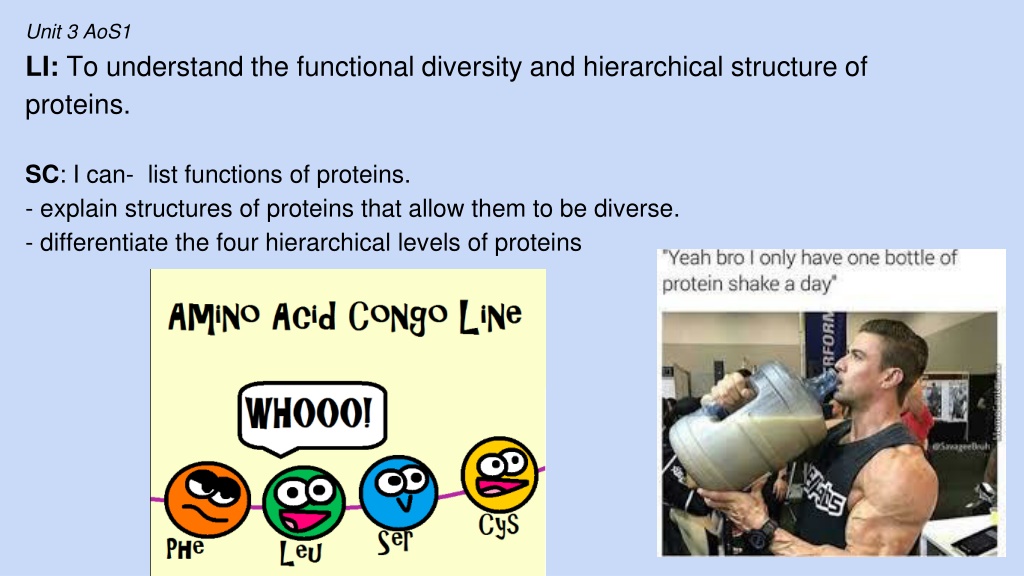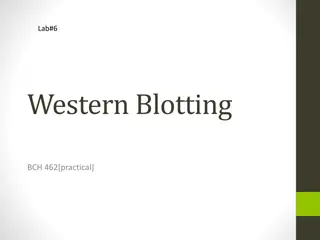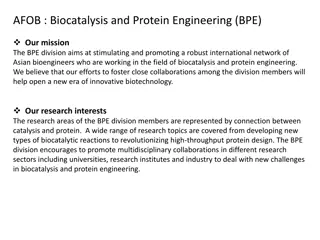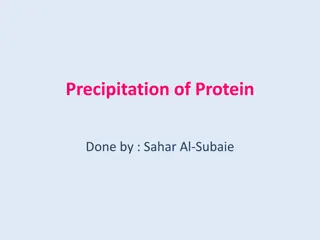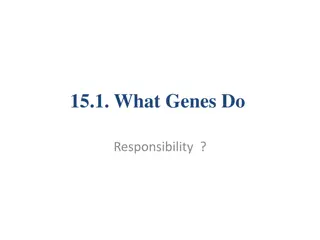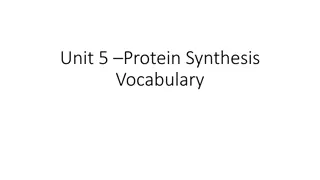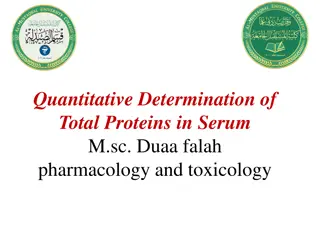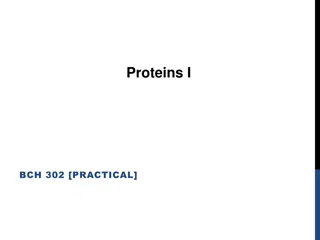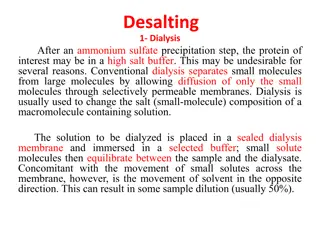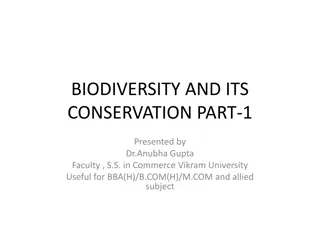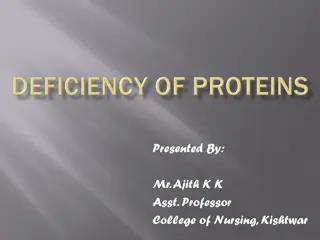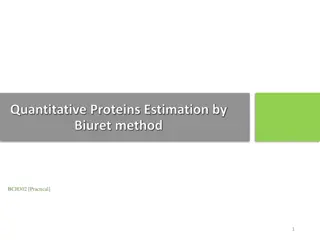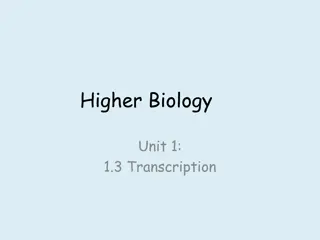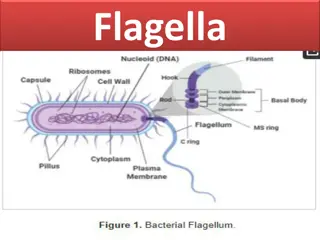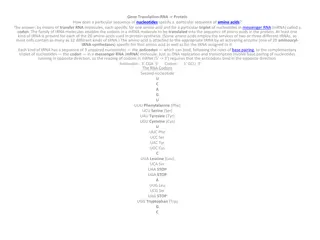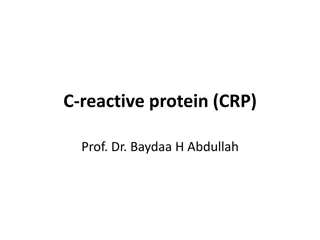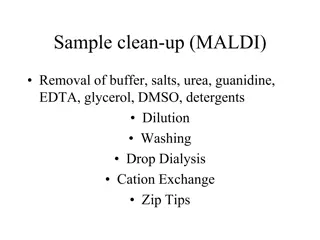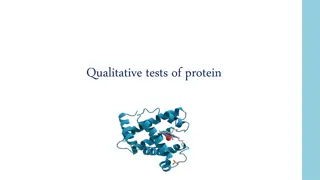Understanding Protein Structure and Function Diversity
Proteins, composed of amino acids connected by peptide bonds, are crucial in all living organisms. They exhibit a wide range of functions and structural diversity. The hierarchical levels of proteins include primary, secondary, tertiary, and quaternary structures, each vital for proper protein functioning. Understanding how proteins fold into specific shapes is key to grasping their complex roles in biological systems.
Download Presentation

Please find below an Image/Link to download the presentation.
The content on the website is provided AS IS for your information and personal use only. It may not be sold, licensed, or shared on other websites without obtaining consent from the author. Download presentation by click this link. If you encounter any issues during the download, it is possible that the publisher has removed the file from their server.
E N D
Presentation Transcript
Unit 3 AoS1 LI: To understand the functional diversity and hierarchical structure of proteins. SC: I can- list functions of proteins. - explain structures of proteins that allow them to be diverse. - differentiate the four hierarchical levels of proteins
What is a protein? An organic compound (contains carbon-hydrogen bonds) consisting of one or more amino acids connected by peptide bonds. They are in every living thing. - Amino acids join via condensation reactions Proteome: The complete set of proteins in a set of genes in an organism.
Amino Acids Building blocks of proteins. 20 different types of amino acids, the R group is the variable region. Are joined together by a peptide bond
Protein Structure - Can contain thousands of amino acids and can have one or several polypeptide chains - The shape they fold into is vital for correct function - Most proteins are required to bind to other molecules - A change to one amino acid can alter the shape and consequently the function
Primary structure: This is the specific linear sequence of amino acids in the protein. Primary structure determines protein function. determined by the DNA nucleotide sequences.
SECONDARY STRUCTURE Amino acid chains fold and coil in 3 different ways by forming hydrogen bonds between amino acids Alpha helix Beta-pleated sheet Random coiling: where the portions do not conform to the shape of an alpha helix or a beta- pleated sheet.
TERTIARY STRUCTURE For a protein to function it must have a minimum of a tertiary structure Further twisting and folding of secondary structures creates a 3D configuration by attractions between R groups and amino acids Contain disulphide bonds (very strong), ionic and hydrogen bonds This structure is critical for the protein function, if altered the protein can no longer function as it is meant to
QUATERNARY STRUCTURE Consists of more than one polypeptide chain, each with it s own primary, secondary and tertiary structure (not all proteins have a quaternary structure) Globular - hemoglobin Fibrous: - collagen
Functional Diversity Roles include: (write down 3 that you will remember) Structural: provides physical support or protection. Catalytic: enzymes that catalyse chemical reactions. Regulatory: control of the timing and occurrence of biological processes example, hormones (insulin). Immune defense: antibodies to identify and kill pathogenic organisms. Movement: contractile components in muscles and cell cytoskeletons. Transport: movement of substances across membranes or around the body, example haemoglobin.
Review Proteins demonstrate functional diversity through the various roles that they serve in living organisms. Amino acids are the monomers of proteins, and they join together via condensation reactions to form polypeptide chains. The primary level of protein structure refers to the sequence of amino acids, the secondary level of protein structure involves alpha helices, beta- pleated sheets, and random coils, the tertiary level is the functional 3D structure of a protein, and when there are two or more polypeptides in a protein it is said to have a quaternary structure.
ACTIVITY Edrolo 2A Question 10 - 16
Reflection Write a summary from this lesson Choose a straight line with vocab words
